
AeroGenie — Uw intelligente copiloot.
Trending
Categories
Wisk Aero Names Sebastien Vigneron CEO; Brian Yutko Transitions to Boeing Role
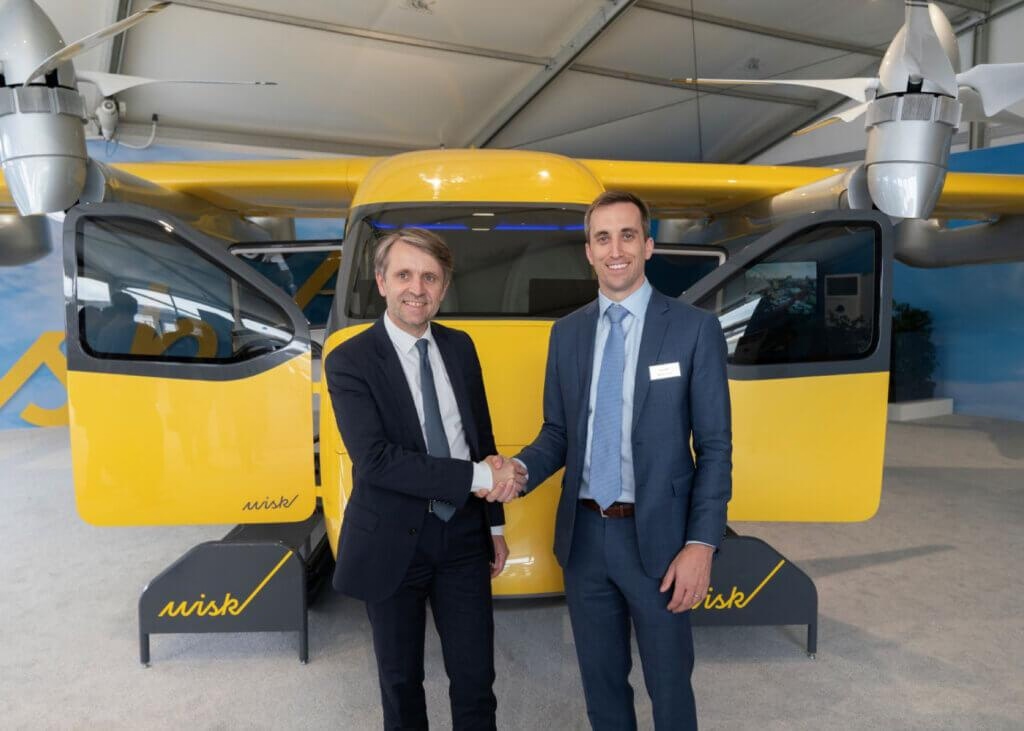
Wisk Aero Appoints Sebastien Vigneron as CEO Amid Leadership Transition
Wisk Aero, a leading entity in the advanced air mobility (AAM) sector and a wholly owned subsidiary of Boeing, has announced the appointment of Sebastien Vigneron as its new Chief Executive Officer. Vigneron succeeds Brian Yutko, who will assume a leadership role within Boeing’s Commercial Airplanes Division as Vice President of Product Development. This leadership change coincides with Wisk’s ongoing efforts to advance its Generation 6 autonomous aircraft toward flight testing and certification.
Leadership Transition and Strategic Continuity
Sebastien Vigneron brings a wealth of experience in aerospace engineering and program management to his new role. Having previously served as Wisk’s Senior Vice President of Engineering and Programmes, he was instrumental in the development of the Gen 6 aircraft. His responsibilities included oversight of autonomy systems, airspace integration, and the coordination of both hardware and software engineering, alongside flight and systems testing. Vigneron’s comprehensive understanding of the aircraft development lifecycle and Wisk’s strategic objectives positions him well to lead the company through its forthcoming phase of growth.
The transition in leadership is intended to maintain strategic continuity while injecting renewed momentum into Wisk’s operations. Brian Yutko’s move to Boeing’s Commercial Airplanes Division will enable him to continue supporting Wisk’s strategic goals from within Boeing, thereby fostering a close collaborative relationship between the two organizations.
Advancing Autonomous Flight and Market Readiness
Operating independently under Boeing’s ownership, Wisk remains committed to its mission of introducing the first autonomous, passenger-carrying aircraft to the U.S. market. The company is actively engaged in navigating regulatory frameworks and addressing public acceptance challenges as it works toward commercializing autonomous flight technology. Vigneron’s appointment is regarded as a strategic measure to accelerate progress, leveraging his expertise to manage the complexities of certification and market entry.
Market reaction to the leadership change has been largely neutral, with no significant responses from competitors. Industry analysts interpret the transition as a reaffirmation of Wisk’s dedication to safety, innovation, and sustainability in redefining urban mobility. Under Vigneron’s leadership, the company aims to establish new benchmarks for efficient, environmentally friendly, and accessible air transportation, aligning with the expectations of regulators and prospective passengers alike.
As Wisk prepares to enter its next developmental stage, the company is positioned to play a pivotal role in shaping the future of air travel, with Vigneron at the helm guiding its strategic vision and operational execution.
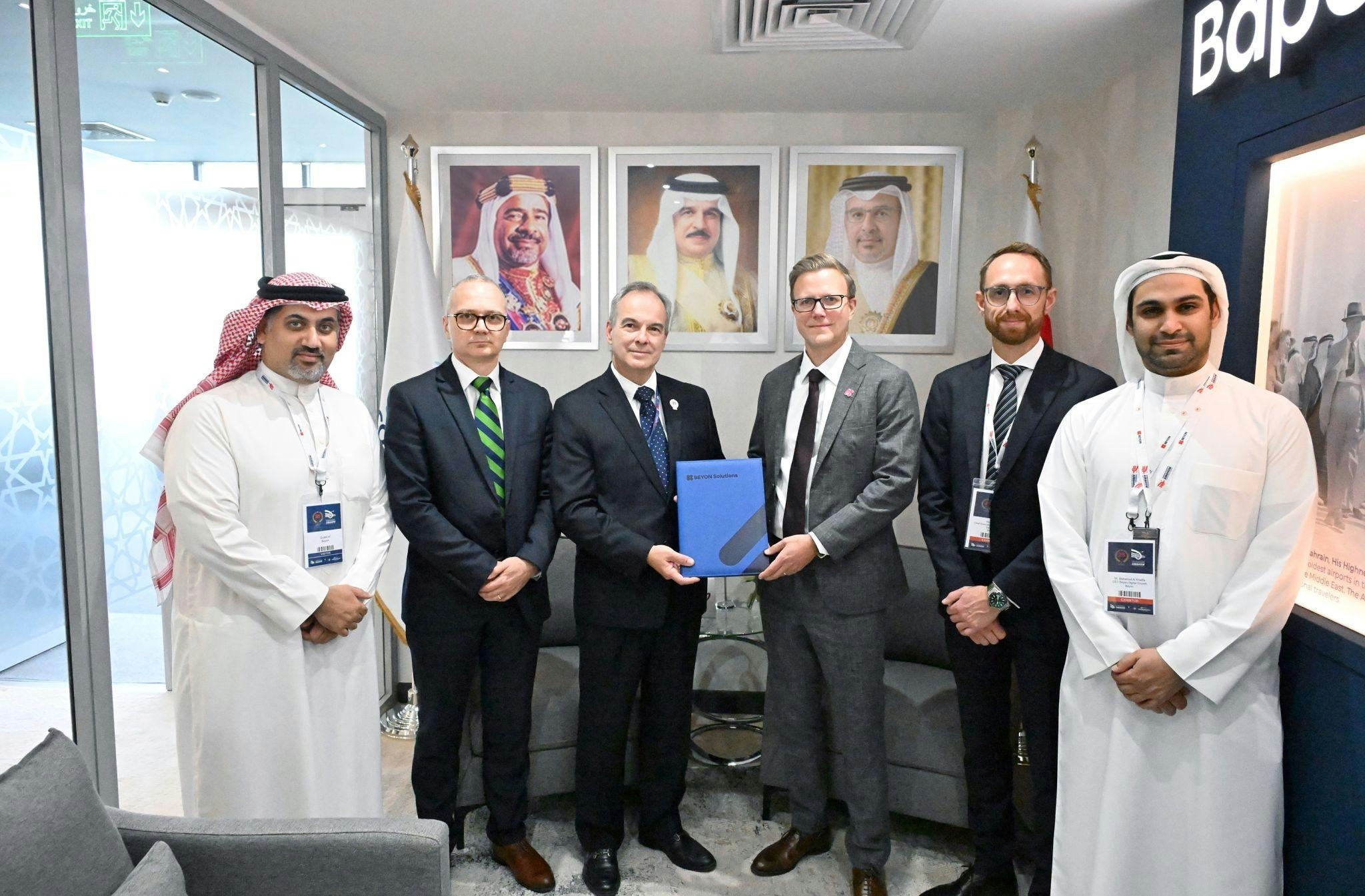
Beyon Solutions, Gulf Air Group, and Oracle Partner to Advance Cloud Innovation in Aviation
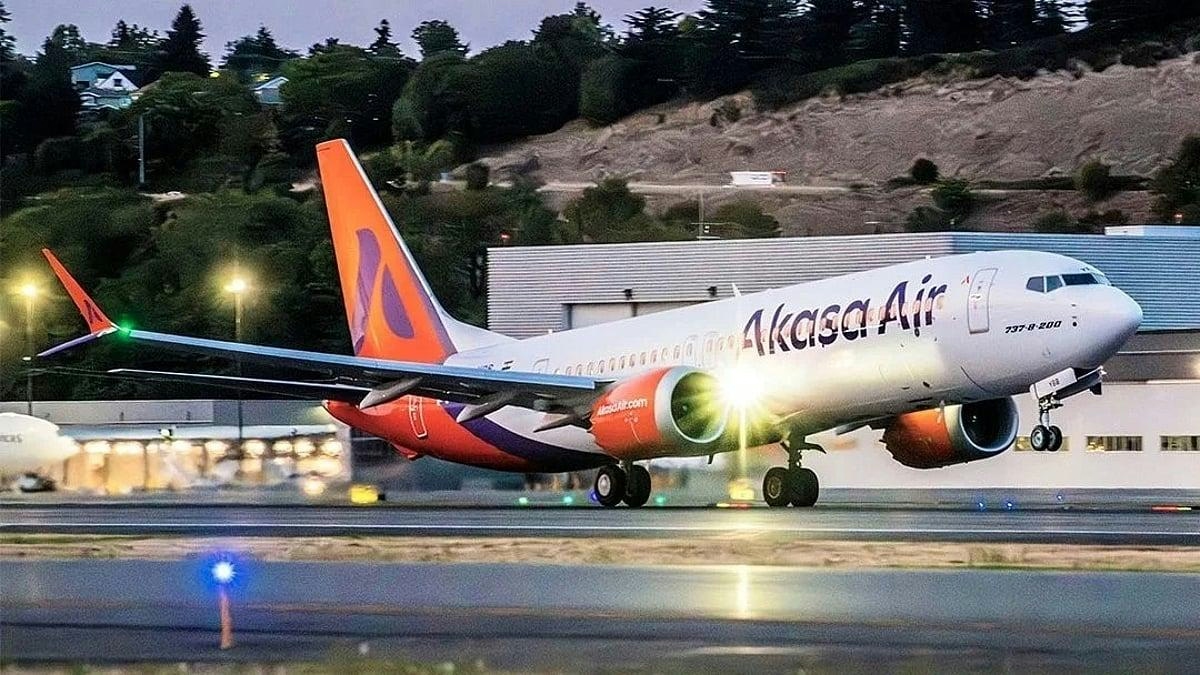
Akasa Air Plans Expansion to Kenya, Egypt, and East Africa, Confident in Boeing Delivery Timeline
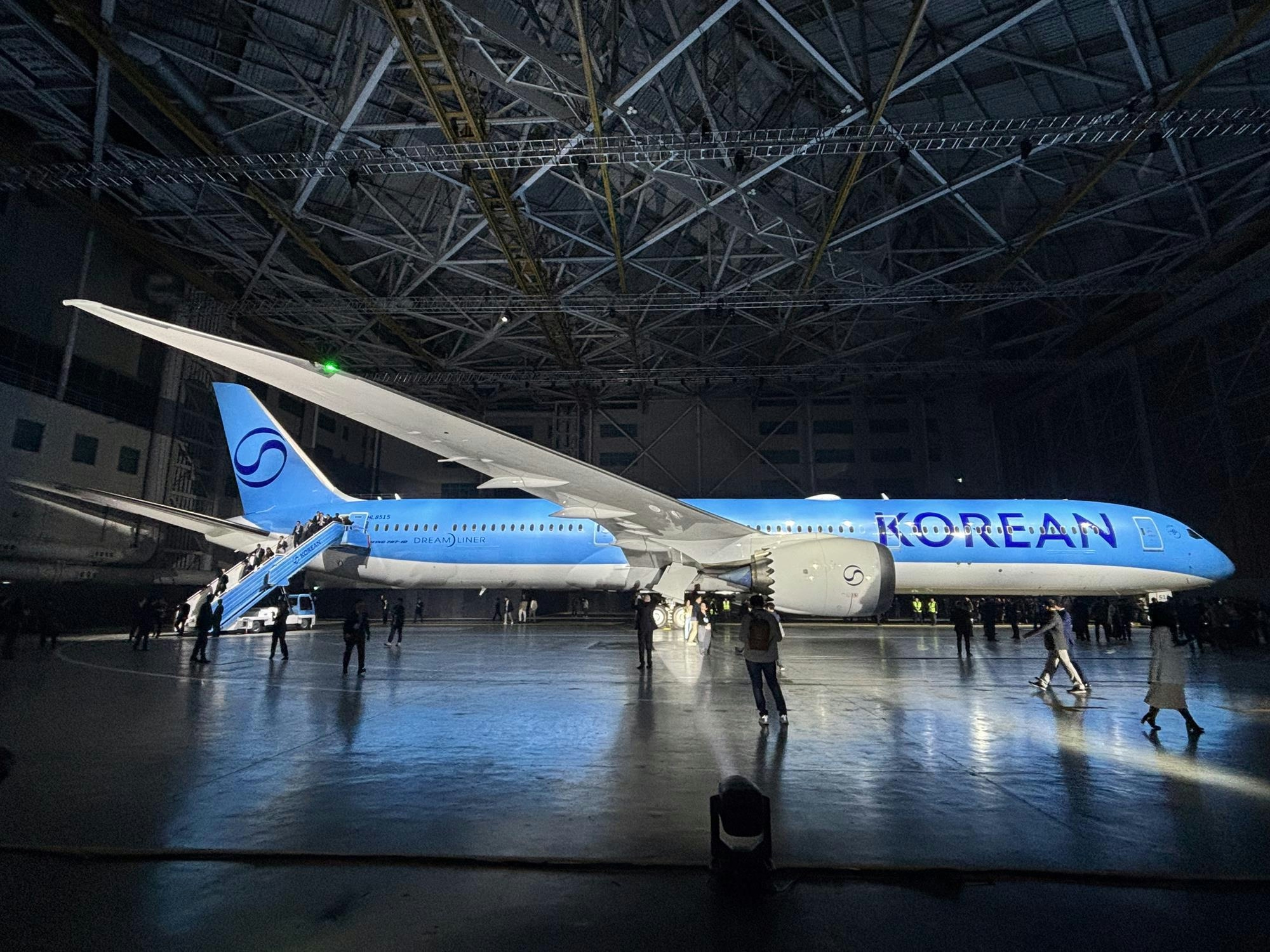
Korean Air Highlights Innovation and Sustainability at Singapore Airshow
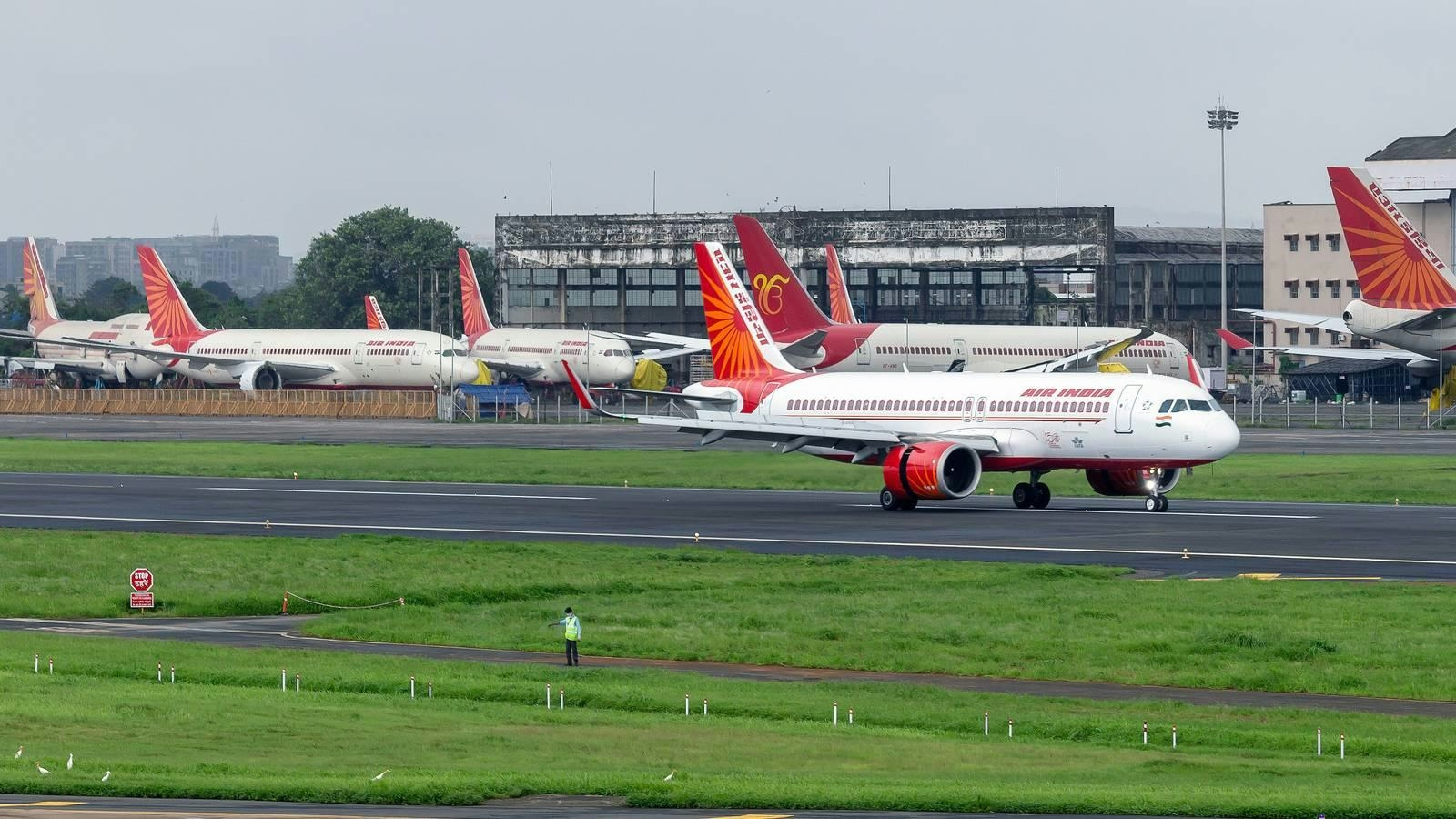
DGCA Investigates After Air India A320 Pilots Grounded for License Issues
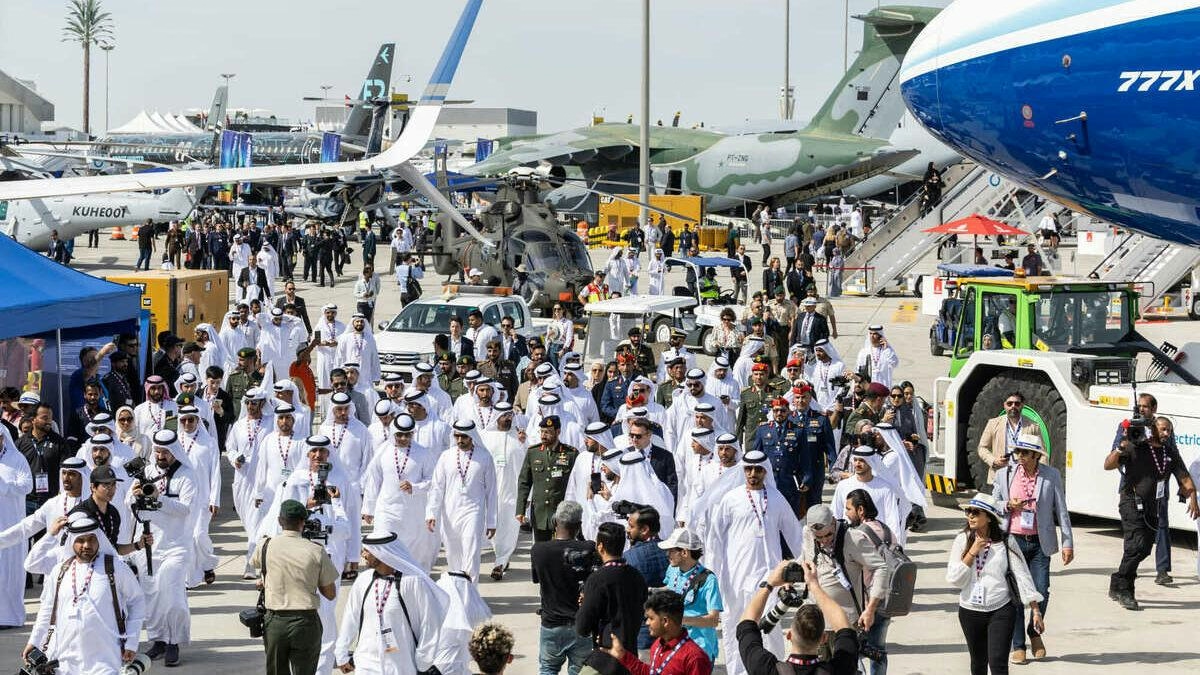
What to Expect at the 2025 Dubai Airshow

Europe Advances Aviation Sustainability Through SAF Mandates and Innovation

Lufthansa's Fleet Plans for 2025
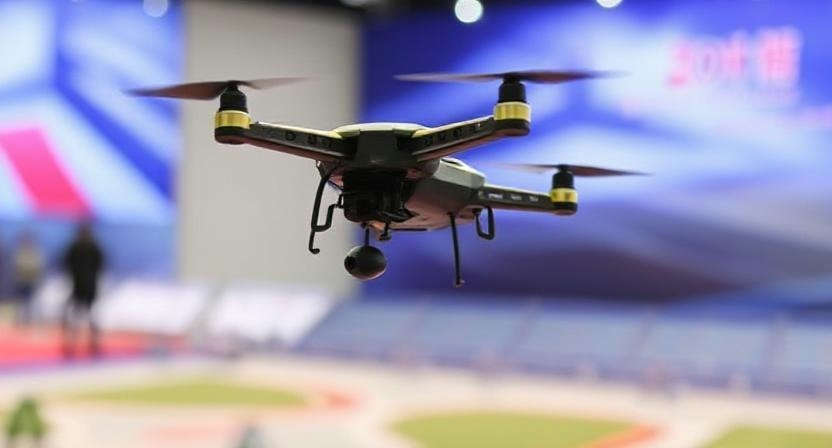
Fifteenth National Games Model Aviation Finals in Longhua Showcase Drone Sports and Innovation
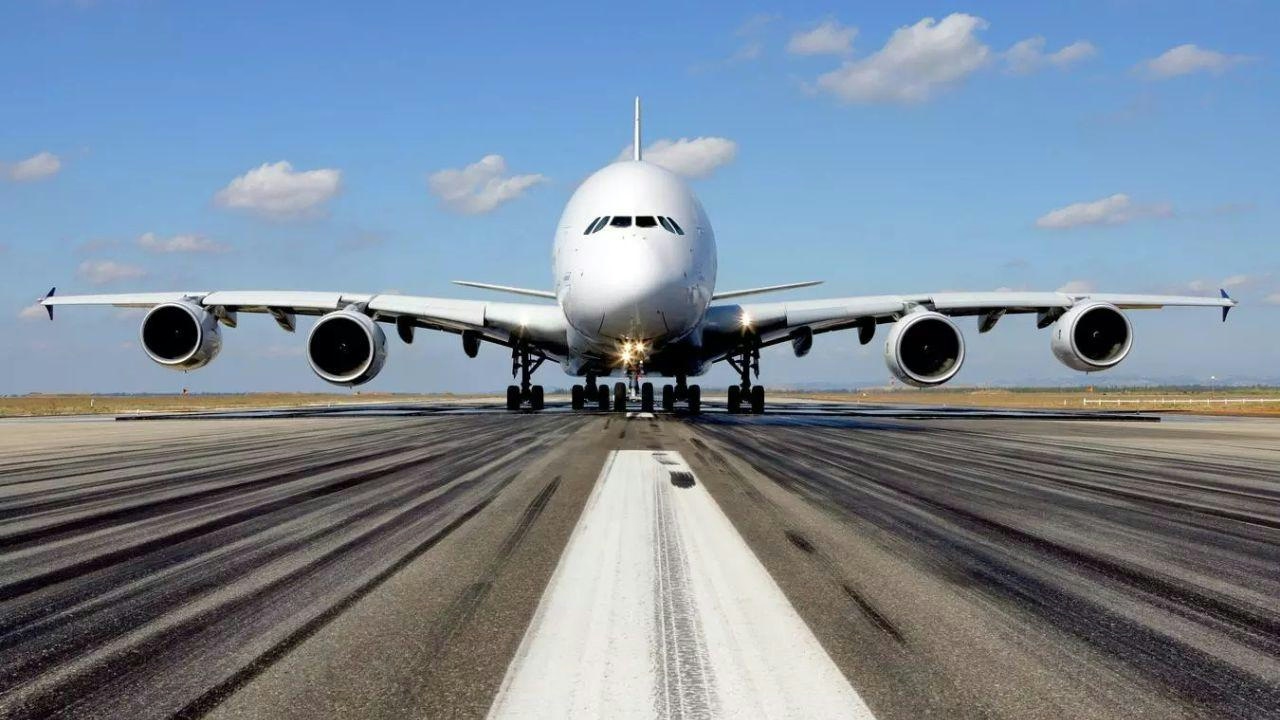
Brazilian Woman Becomes First Female Captain of Airbus A380
